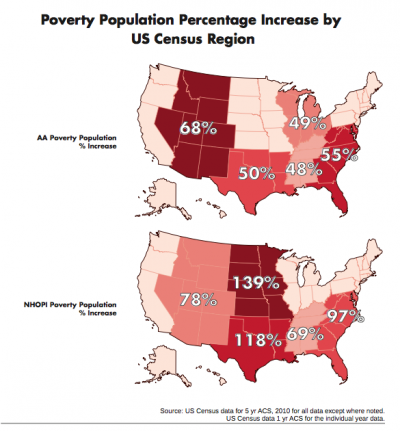Immigrant advocates have been very vocal about their displeasure at President Obama’s decision to delay executive action on immigration. “Where is the leadership and courage from President Obama?” asked Gregory Cendana, Chair of the National Council of Asian Pacific Americans (NCAPA), “Asian Americans are losing hope.”
Indeed, it is personal for many in the Asian American and Pacific Islander (AAPI) community as undocumented family members remain at risk for deportation. About 11 percent of the country’s undocumented are AAPI, mainly from China, the Philippines, India, Korea and Vietnam.
The Transactional Records Access Clearinghouse (TRAC), a data group at Syracuse University which gathers nonpartisan information about U.S. federal immigration enforcement, reports that immigration court judges have ordered 82,878 individuals deported so far this fiscal year. TRAC points out that only 20 percent of these people are being “removed” because of criminal or any other activity that posed a threat to national security or the public safety. This statistic only rubs salt in the collective wound of immigrants.
Nearly six percent of individuals ordered to leave their families and communities are AAPI (4,778). Immigrants from China (1,840), India (793), the Philippines (344), Vietnam (251), Nepal (198), and South Korea (189) make up 75 percent of AAPIs being deported. The entire AAPI community is represented, including the island country of Niue (2), Bhutan (1), Brunei (1), and East Timor (1).
Until immigration reform passes and the deportation of non-criminal immigrants stops, AAPI advocates will continue their protest.
“If our elected leaders are serious about fixing our broken immigration system, they must back up their words with actions,” said Miriam Yeung, Executive Director of the National Asian Pacific American Women’s Forum (NAPAWF). “We will continue to mobilize our base and make our concerns and needs heard from all across the country to Washington, DC.”



